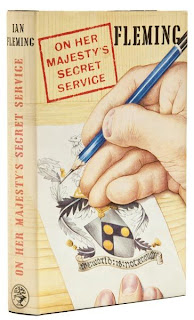Former
entrances on
The
Strand and Surrey Street
London
“When
the lift goes up and the train leaves,
Aldwych station is as deserted as an ancient mine. You can hear the drip
of water and the beat of your heart.”
Rogue Male, Geoffrey Household
(Chatto & Windus, 1939)
Upon
returning to England the anonymous protagonist of Geoffrey Household’s classic
thriller pays a visit to his solicitor Saul in Lincoln’s Inn Fields in the
Holborn area of London. However, the building is being watched by agents of the
unspecified European power (which we assume from its description to be Nazi
Germany) from whose clutches he has just escaped.
Upon
entering the underground station at Holborn, he discovers he is being followed
by his chief pursuer Major Quive-Smith as well as another agent who had
previously been spotted feeding the birds outside Saul’s offices. The dramatic plot
sequence that follows uses the layout of the tube network as its basis.
At
the time Household wrote Rogue Male,
a short branch of the Piccadilly line ran from Holborn to its terminus at
Aldwych. After attempting to throw off his pursuers inside Holborn station,
Household’s hero boards the Aldwych train only to discover that a third agent
wearing a black hat and blue flannel suit is waiting for him. Whilst the train
is still in the station he then lures “Black Hat” into the tunnel where the
agent is electrocuted by the live rail. Now wanted for murder, he is propelled
to put the next part of his escape plan into operation and go to ground in
rural Dorset.
 |
| Entrance to the former Aldwych Station on Surrey Street |
Aldwych
station was opened as Strand in 1907 and, as Household describes, was served by
a train that shuttled back and forth from Holborn. The year after Rogue Male was published the station was
temporarily closed and served as an air raid shelter during the war, with its
tunnels providing safe storage for items from the British Museum including the
Elgin marbles. Although the branch line was the subject of several extension
plans, none of these came to fruition and the station was permanently shut in
1994 due to low passenger numbers. The former entrances, which are Grade II
listed, are still visible on The Strand and Surrey Street, with the Strand
entrance still bearing the station’s original name.
Rating (out of 10): 4













